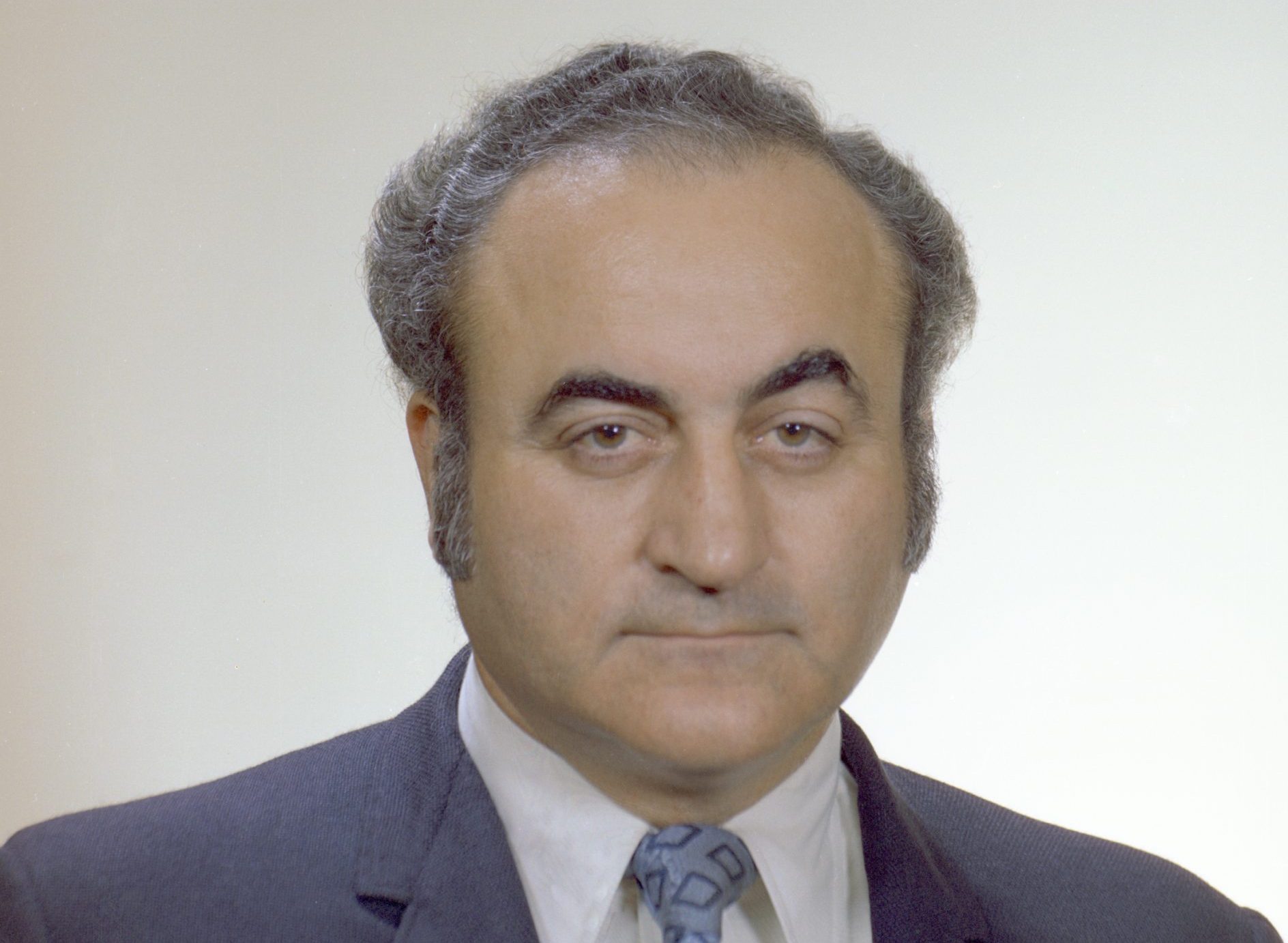Since the 20th century, outer space has been the new frontier of exploration and discovery, a fascinating endeavor that involves all the major powers in the world in terms of both technological and economic development.
Present investigation is mostly focused on Mars, the “red planet”, while back in the 1960s and 1970s the Moon was the astronauts’ destination. Thanks to the famous Apollo space program, between 1969 and 1972 the U.S. National Aeronautics and Space Administration (NASA) succeeded in taking a total of 12 men to the Earth’s only natural satellite.
Among those who pulled the strings behind the scenes of 6 Apollo missions was Italian American engineer Rocco Petrone, program director at NASA headquarters.
The son of Italian immigrants from Sasso di Castalda, in Basilicata region, Rocco Petrone attended the U.S. Military Academy at West Point, from which he graduated in 1946. After serving in West Germany in the aftermath of World War II, he returned to the U.S. and earned a Master’s degree in Mechanical Engineering from MIT in 1951.
Throughout his career with the U.S. Army and NASA, Lt. Col. Petrone also participated in the development of the first American ballistic missile, used in the first launch of American astronauts in a suborbital flight in 1961, as well as in the construction of all launch elements to be employed in the Apollo missions.
He retired from the Army in 1966, but continued to work at NASA for another 10 years. Thanks to his experience and technical knowledge, the Italian American engineer was appointed director of launch operations at Kennedy Space Center and then, right after the successful lunar landing, of the whole Apollo program. For one year, in 1973, he also served as administrator of the Marshall Space Flight Center, before accepting the third-highest position in NASA, as associate administrator in Washington D.C.
He was well known for his discipline, accuracy, and determination, which earned him the nickname “Tiger” and helped him handle both the pressure of the space race during the Cold War and the inevitable setbacks he encountered along the way. Allegedly, he managed to keep his composure even while a brand new page of human history was written under his direction.
Despite retiring from NASA in the mid-1970s, Rocco Petrone remained active by working as president and CEO of the National Center for Resource Recovery, and as head of the space transportation division at Rockwell International, manufacturer of the Space Shuttle Orbiter.
He died in 2006 in Palos Verdes Estates, California, at the age of 80, and in 2012 the Italian Space Agency (ASI) established a special award in his honor. The annual “Rocco Petrone” award recognizes the best final dissertations on lunar or planetary exploration written by Master’s graduates in Engineering or Physics from an Italian university. Furthermore, last year Basilicata region celebrated the 30th anniversary of the local science center for Earth observation from Space by affixing a new plaque bearing the engineer’s name.
Rocco Petrone was instrumental in the development of United States’ space program, and he is an example of the contribution provided to the Country by many talents of Italian origin employed at NASA and other agencies. Discovering the mysteries of the Universe is a common challenge that requires us to work together if we want to succeed.































